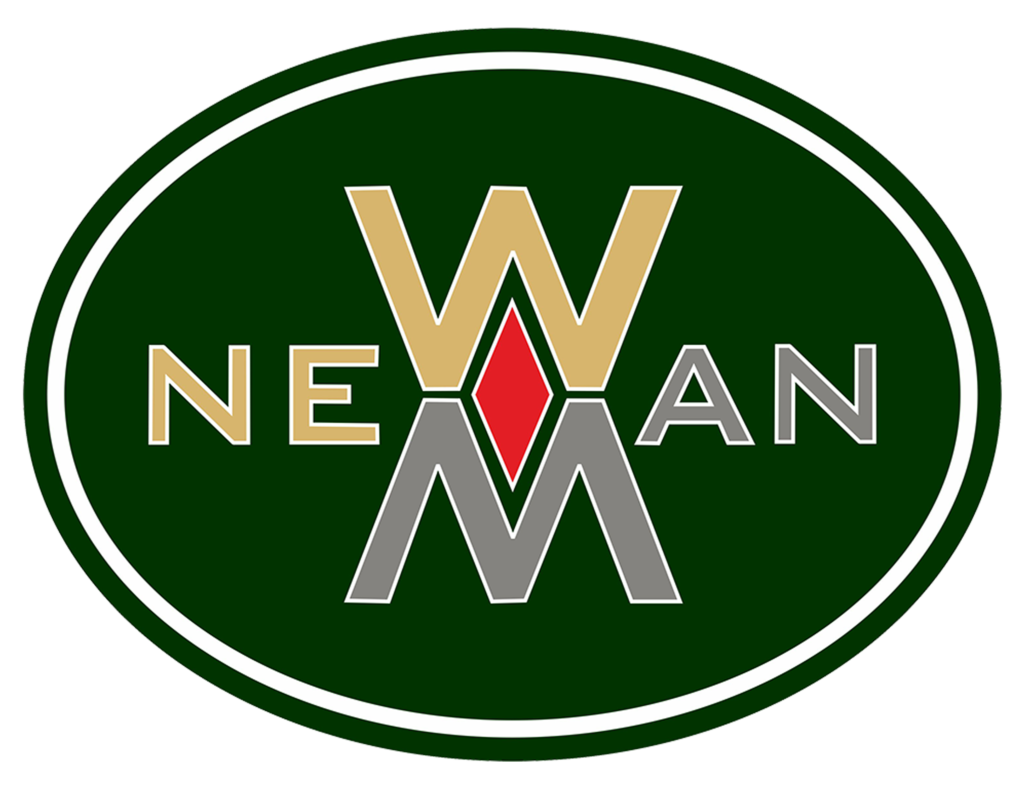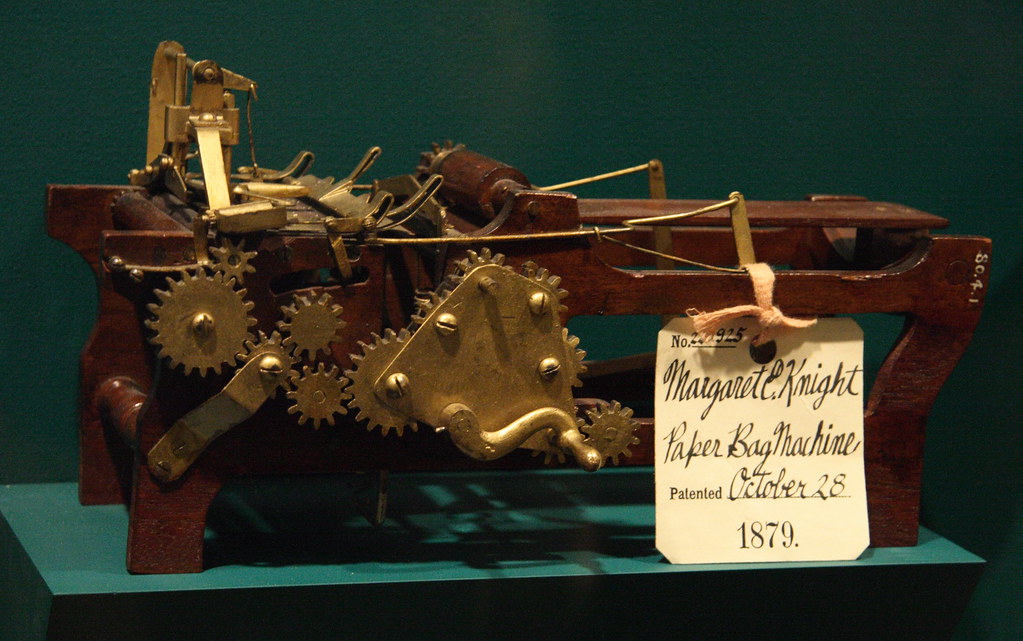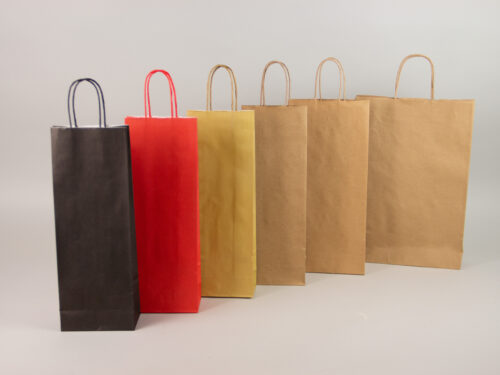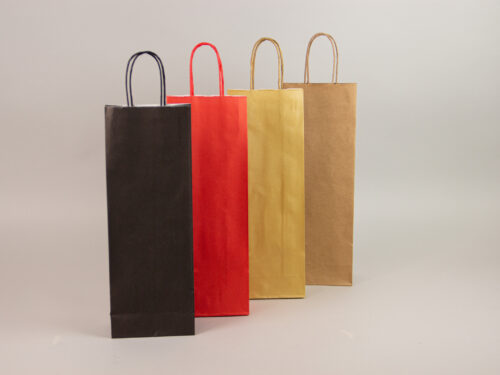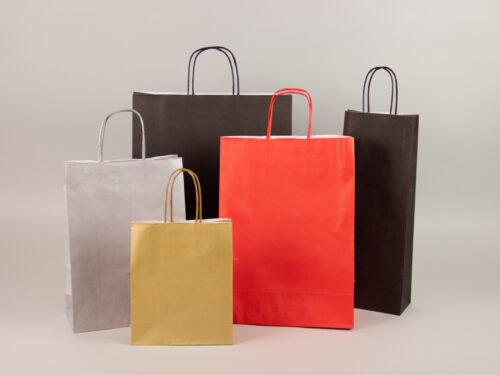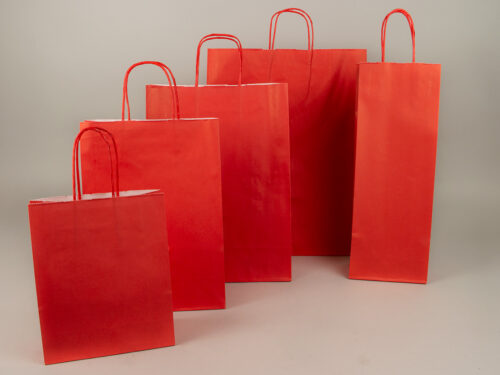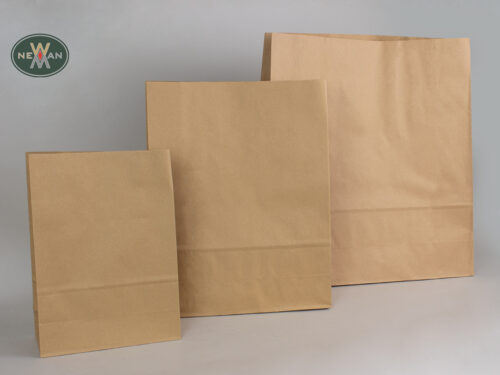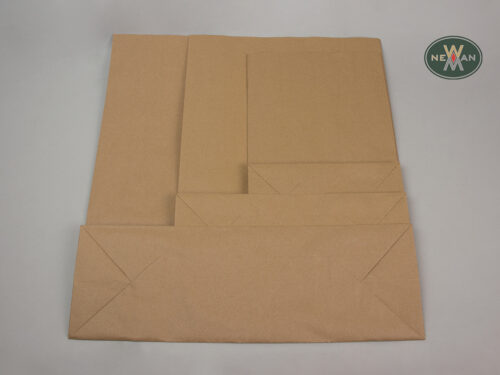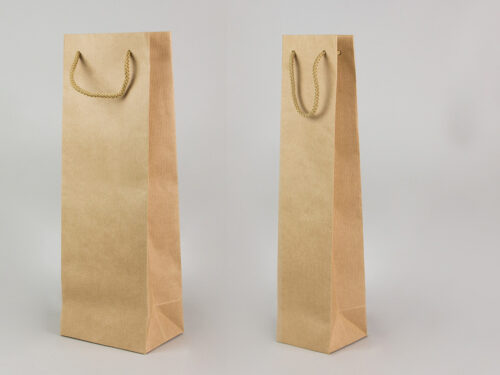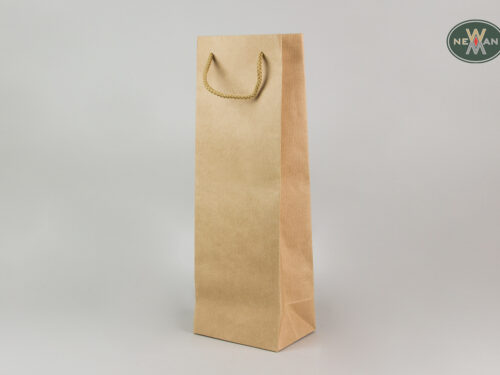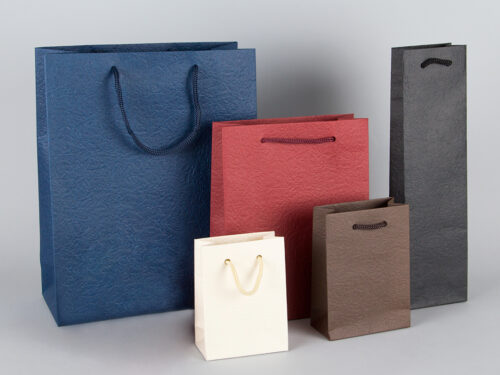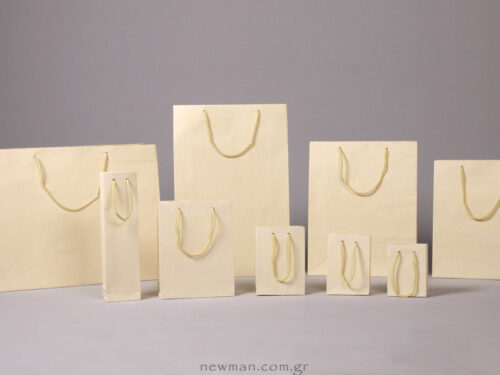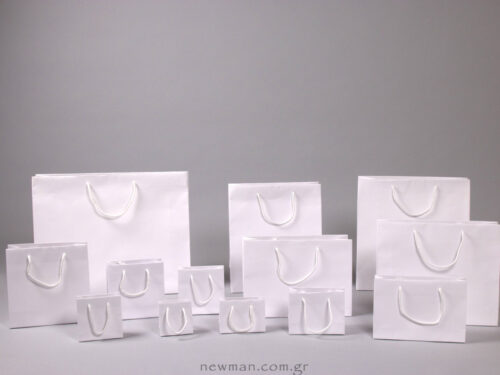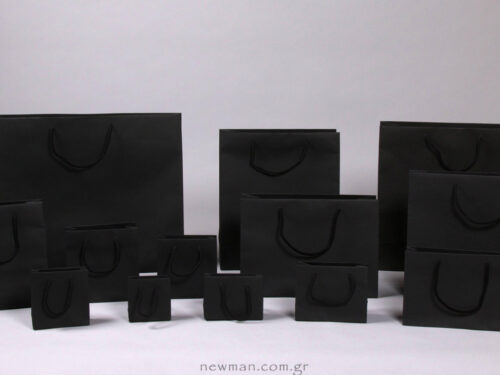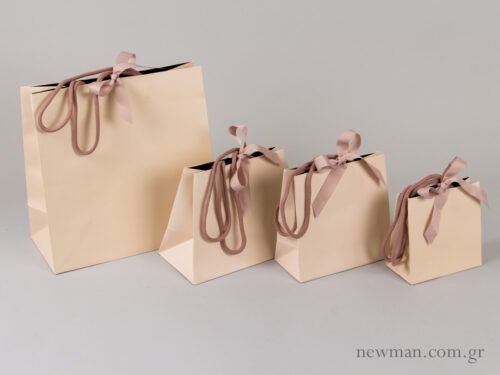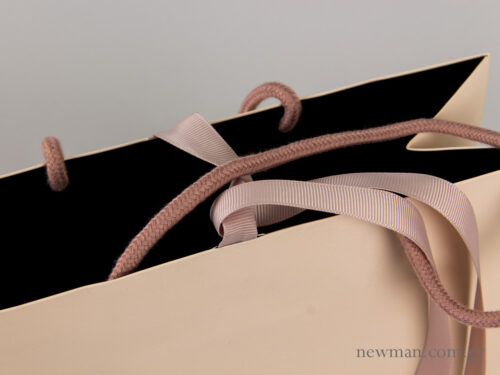Uncategorized, Informative Articles
Paper Bags: Do you know their history?
NewMan Packaging has been in the packaging business for more than 40 years, with paper bag packaging being one of its key sales products. With a wide range of paper bags in different sizes, colours and qualities , we decided to share with their history and how they were created. So how did the innovation in the production of the paper bag with a bottom start?
Let’s take the story from the beginning…
Margaret Knight
In 1838, in York Maine, Margaret E. Knight was born. According to historian Henri Petroski, she made toys for her siblings and became famous in their town for the kites and sleds she made by hand.
At just 12 years old and after the sudden death of her father, Knight moved with her family to New Hampshire. There, she began working in a cotton mill in order to financially support her mother. The mills due to poor conditions and lack of safety standards were truly dangerous and it wasn’t long before Knight witnessed a serious accident when a loom stopped working properly. Wishing to help prevent further such accidents, she invented a carriage restraint system, which became a standard fixture on looms across the country. Unaware of the patent system of the time, however, she received no reward for her invention.
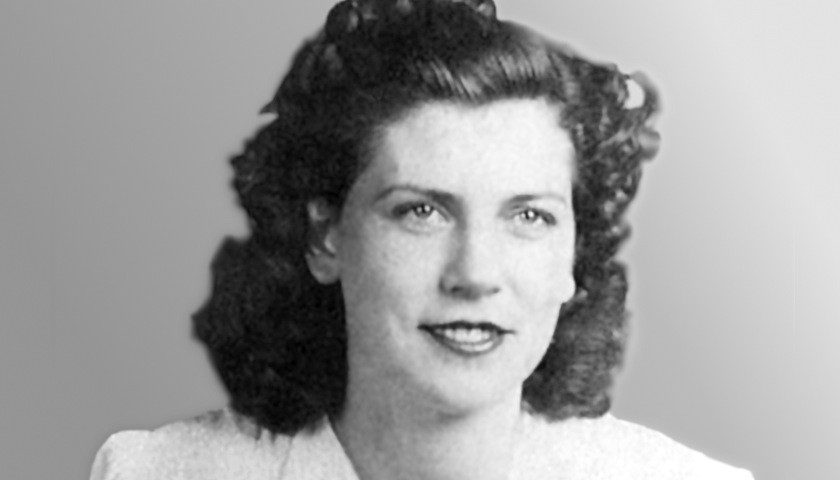
Innovation in the field of packaging
In 1867, Knight began working at the Columbia Paper Bag Company in Springfield, Massachusetts. She soon realized that the bag-making process could be improved. Instead of folding each paper bag by hand, she began to wonder if there might be a way to automate the process. So she began experimenting with a machine that could feed, cut and fold the paper automatically and, most importantly, form the square bottom of the bag as we know it today.
A year later, in 1868, this machine was fully operational and had drastically improved both the company’s production and the uniformity of the bags. Given her experience in the cotton mill, Knight knew that this time she had to apply for a patent. Unfortunately, Charles Annan, a man who worked in the machine shop where the machine was being made , tried to steal her design. In court, Annan argued that Knight “could not understand the mechanical complexity of the machine”. She quickly refuted this claim by producing the original blueprints of the machine’s design and won the case resoundingly.
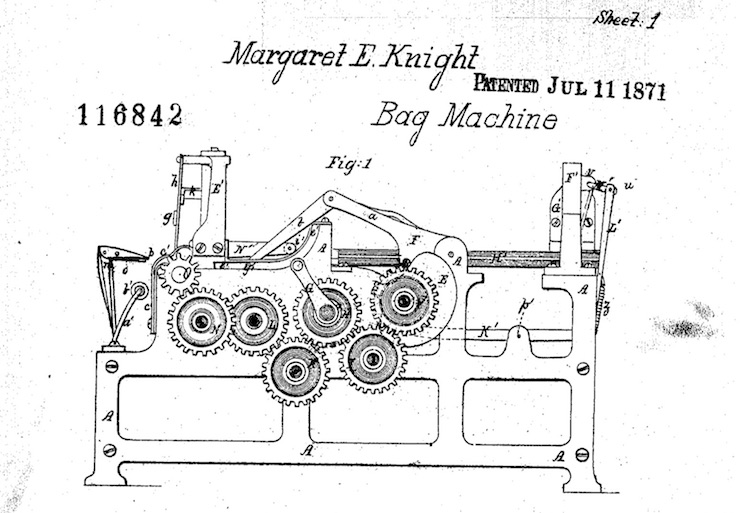
Lasting impact
With the rights to this machine secured, Knight founded her own company in Hartford, Connecticut, the Eastern Paper Bag Company. Throughout her life, she never stopped innovating, and by the time of her death in 1914, she had patented more than 25 inventions, from a sole-cutting machine for making shoes to a compound rotary machine. Beyond revolutionising the way paper bags were made, her story continues to inspire us to this day.
The bag for jewellery
Packaging is the Alpha and Omega of a company’s branding. Choosing paper bags as gift packaging for your customers gives value to your products and makes your customers feel special. At the same time, if you choose to have your logo printed on the bags you are constantly reminding people of your services in a polite and smart way.
With Margaret Knight’s invention, your creations and our packaging expertise we can fill the world with beautiful bags and smiling people.
Recourse: National Inventors Hall of Fame (2024)
